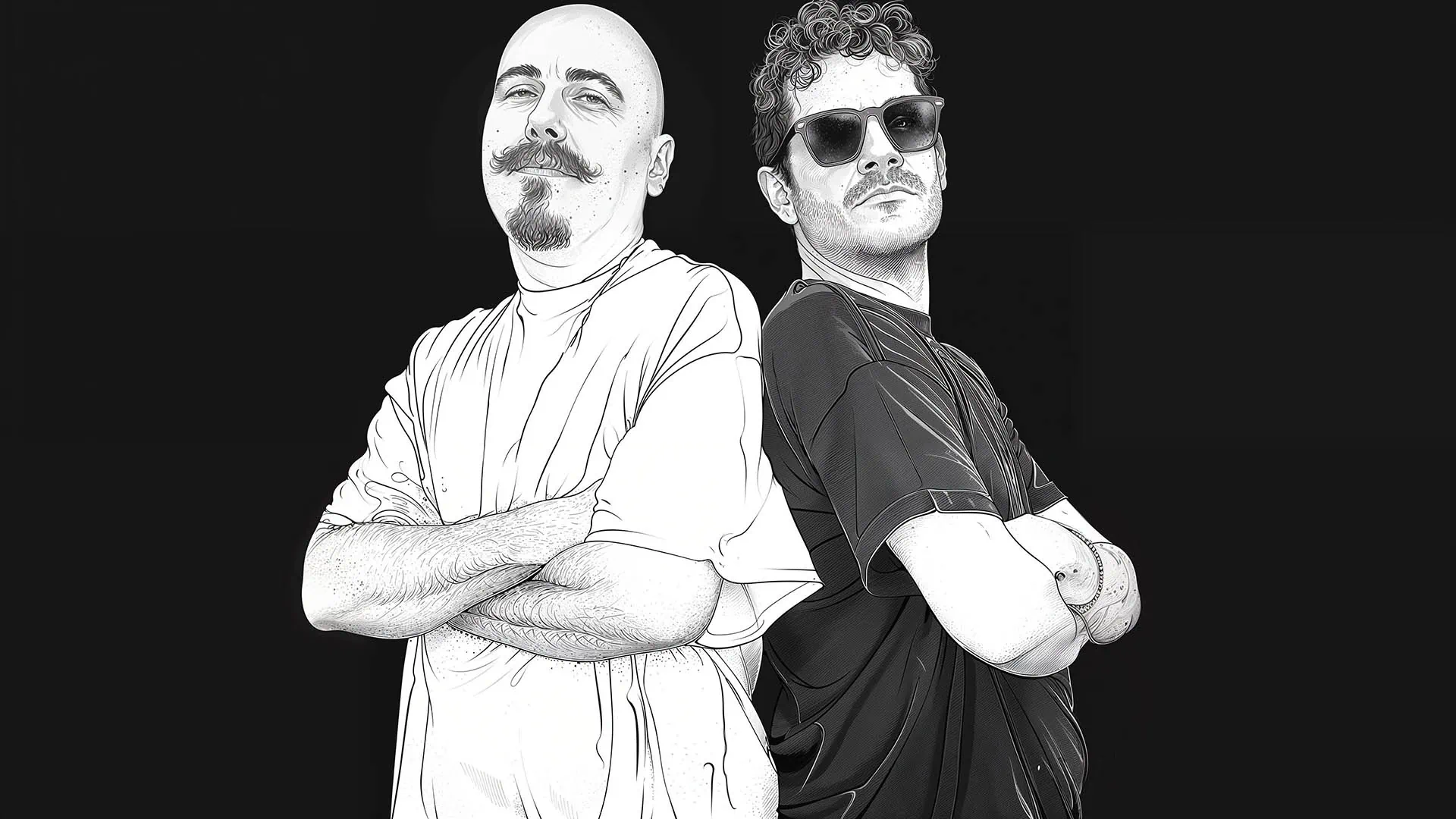In the early days of digital branding, stories were everything. Thanks to emerging platforms like YouTube and the newfound luxury of generous bandwidth, storytellers had a sprawling canvas to work upon. We would gleefully peer into the lives of their customers, magnifying their daily routines, challenges, and dreams.
We showcased these tales in short-and-long form videos, holding up everyday individuals as brand ambassadors, beacons of authenticity. We tugged at the heartstrings, and showed a side of the brand never before seen. Many of us built a large part of our careers on this very paradigm, elevating brands with narratives that were less contrived, more humanistic and, above all, disarming. We would weave intricate narratives, drawing our audience into a world where our product wasn’t a commodity, but rather a protagonist in a larger plot.
With this marketing mindset, we happily jumped into the fray. And it worked. Our campaigns were met with commercial success and critical acclaim. We won awards, the coveted Cannes Lions and One Show among them, and made national news. It wasn’t just a testament to our team, but a nod to the era of storytelling. Our customers happily spent a minute or two indulging our tales on platforms like Youtube and Facebook.
Catering To An Overwhelmed Audience
Yet, with the evolution of the digital age, the narrative fabric began to stretch too thin. Content and ads became omnipresent, turning discerning listeners into selective scanners. People now found themselves overwhelmed with the sheer volume of ads and content. Stories that once captivated became background noise in an oversaturated social world. And as this reality dawned, it brought with it a profound realization.
No matter how gripping a narrative, today’s audience has become selective, if not somewhat indifferent. They no longer have the patience to understand “Tom who got his optometrist bill paid for by a brand” or hear about “Sarah’s café escapades.”
The current climate makes these stories feel more like an intrusive gimmick than a heartwarming gesture. Extended narratives, while immersive, demand a level of commitment that many aren’t willing to give. The world has grown weary of brands playing documentarian in the lives of their customers. It’s not that they don’t care; it’s just that the endless stream of content has muddled genuine connection. People simply don’t have the time or the inclination to peer through the curated window of another’s life, especially when they barely have time for their own.
Behind the Brand Curtain
So kill stories, right? Not so fast. With the rise of conscious consumerism, people now demand transparency and authenticity. They want to know what lies behind the brand curtain. Every company claims to be the best, but what does that mean? How does a brand treat its employees? What are its environmental policies? Is the leadership the same old patriarchy? In an age of information, consumers are detectives, keen to ensure that their purchases don’t inadvertently support practices they stand against. Brands are no longer faceless entities; they’re under the microscope, with every action (or inaction) open for scrutiny. That’s where the real storytelling comes in.
Who’s Doing It Right?
The approach of DTC brands like Him and Hers is an archetype of modern branding. Instead of lengthy tales about others, they present a problem familiar to the consumer. Through a seamless and sensitive narrative, they illustrate how one can address these private health challenges using tools at their immediate disposal, like a smartphone. As a B2B, Hims and Hers simplifies the solution, eliminates obstacles, and shows that aid is simply a tap away. Will it win a Lion or a Pencil? Probably not, because the industry generally doesn’t reward ads that feel like ads. But it is effective, and not just storytelling; it’s fun storytelling with a direct benefit to the consumer. And therein lies the brilliance. Because, these days do consumers really care to sit through a mini-doc on a guy with ED? Probably not. They barely have time for themselves these days.
The Road Ahead
So, where does this leave us? As I look back at the journey of brand storytelling, from the days of elaborate narratives to today’s age of succinct, value-driven stories, one thing becomes clear: adaptability is key. Cherish the lessons of the past, but be ready to pivot for the future.
While the medium of storytelling evolves, its core remains unchanged. It’s still about connection, about evoking emotion. And while methods might evolve, the mission doesn’t: to forge a bond between brand and consumer.
The challenge for modern brands is to craft narratives that strike a balance between relevance, brevity and depth. A brand’s success will hinge upon uncomplicated messaging that resonates instantly. It’s no longer about weaving elaborate tales; it’s about showing yourself through a lucid, digestible narrative.
The modern brand storytelling formula seems to crystallize into five tenets:
- Simplicity: Be direct. Time is precious, and attention spans are waning.
- Relatable Over Remarkable: While awe-inspiring tales of individuals once reigned, now the emphasis is on stories that mirror the daily experiences of the average consumer. It’s about creating content that feels familiar and relatable, resonating with everyday moments.
- Integration: The product or service should meld seamlessly into the daily life of the consumer. It’s not about amplifying the story of others, but rather how it connects to the consumer’s personal narrative.
- Authenticity Over Artifice: In an age of information overload, consumers crave genuine interactions and narratives. Brands that show themselves and prioritize authenticity over superficial engagement stand a better chance of building lasting relationships.
- Fluid Reinvention: The landscape of storytelling has undergone major shifts. Brands must be willing to reinvent their narratives continuously, ensuring they are attuned to the evolving needs and sensibilities of their audiences. The stories that thrived a decade ago will not have the same impact today.
The paradigm has shifted. While a compelling tale still has its place, the crux is ensuring that the message is concise, genuine, and artfully speaks to the daily experiences of its audience. The era of long-winded tales may be waning, but the age of impactful, succinct narratives that effortlessly integrate into our lives is just beginning.


